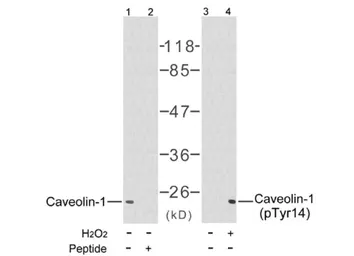Caveolin 1 (phospho Tyr14) antibody
Cat. No. GTX79117
Cat. No. GTX79117
-
HostRabbit
-
ClonalityPolyclonal
-
IsotypeIgG
-
ApplicationsWB
-
ReactivityMouse

